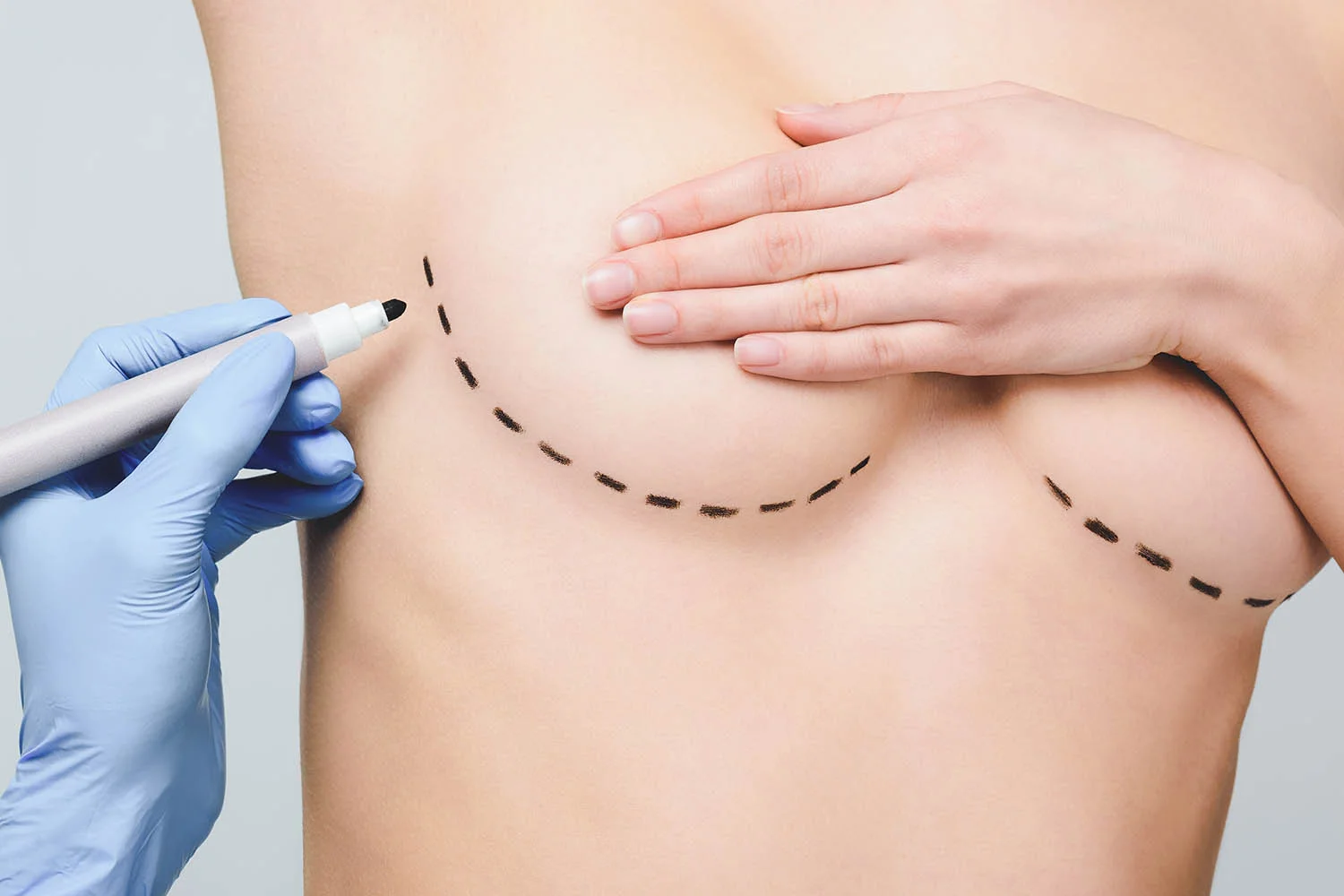RHINOPLASTY
What is rhinoplasty surgery?
Rhinoplasty, often referred to as a “nose job,” is a cosmetic surgical procedure focused on reshaping and enhancing the appearance of the nose. It can involve altering the size, shape, angle, and proportions of the nose to achieve improved facial harmony and aesthetic balance. Additionally, rhinoplasty can address functional issues such as breathing difficulties caused by structural abnormalities within the nose.

Is rhinoplasty a painful procedure?
- Rhinoplasty is typically associated with discomfort rather than severe pain. During the surgery, local or general anesthesia is administered to ensure the patient’s comfort and minimize pain. Following the procedure, it’s common for patients to experience mild to moderate discomfort, swelling, and congestion. Pain medication prescribed by the surgeon can effectively manage any post-operative discomfort during the initial recovery period.

What is the recovery process like after rhinoplasty?
The recovery process after rhinoplasty generally follows these stages:
Immediate Recovery: After the surgery, the nose will be protected with a splint and possibly internal nasal packing to provide support. These materials aid in maintaining the new shape and protecting the healing tissues.
First Week: It’s recommended to rest and avoid activities that could impact the nose. Swelling and bruising around the eyes and nose are common during this time and will gradually subside.
Two Weeks: The splint is usually removed after about a week, and most patients can return to work or school. Swelling and bruising will continue to diminish, and any residual congestion might persist.
Several Months: Over the course of several months, the majority of swelling will resolve, and the final results will become more evident as the nasal tissues settle into their new shape. It’s important to be patient and avoid activities that could potentially compromise the healing process.









